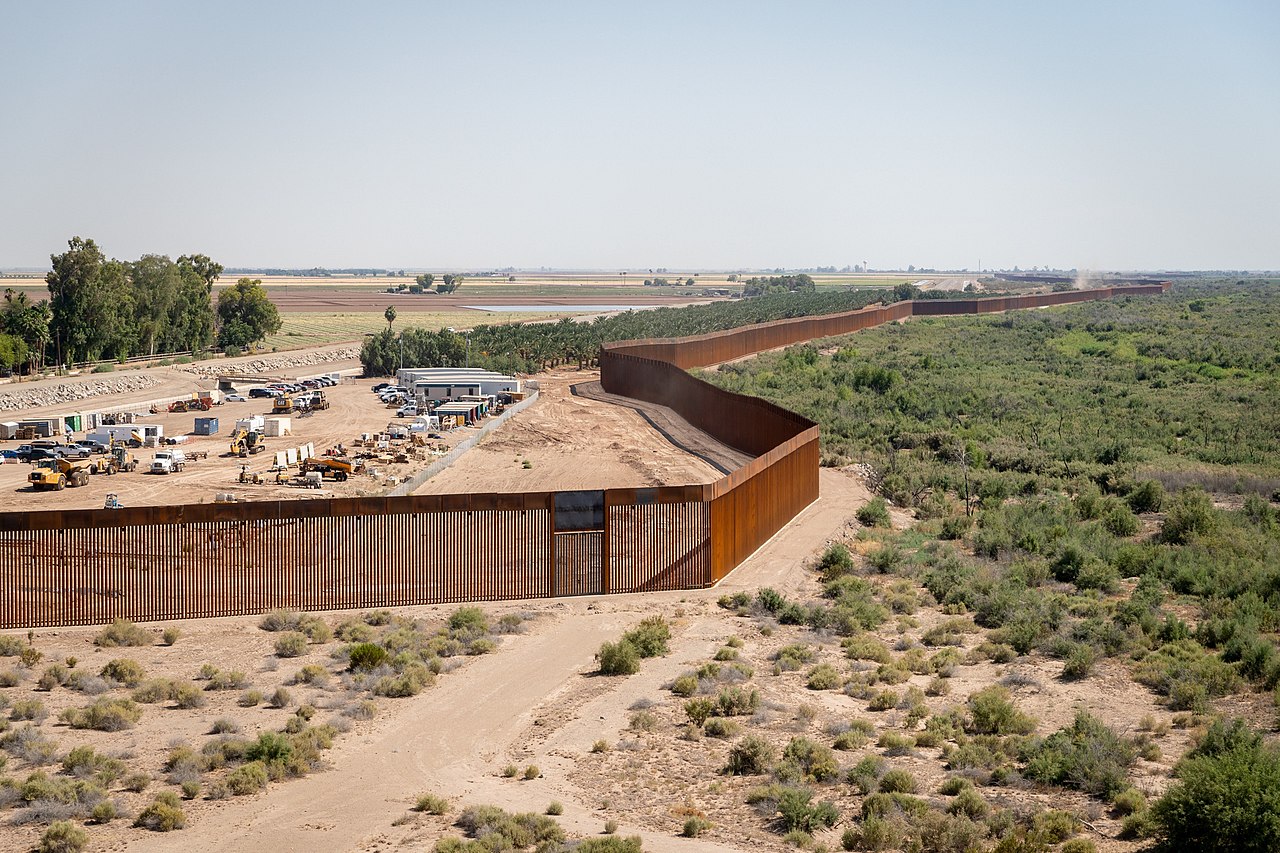The Complexity of Re-Purposing The Steel Border Walls

Former U.S. President Donald Trump’s vision for raising an impermeable border in the south has failed to realize, but not before a whopping $16.4 billion was spent in funding the barrier construction.
Now, hundreds of thousands of steel bollards, each costing about $9,000, lie in piles at various locations, rusting, creating an environmental hazard, and constituting a headache for engineers who contemplate the best way to re-purpose them.
The steel itself is still worthy, and there have been cases of scavengers visiting the piles and stealing up to $1 million worth of material in a single night. However, the matter of an organized re-purposing project is quite complicated.
The big problem lies in the fact that most of the bollards have been filled with concrete and rebar, and to reuse the metal, one would need to remove the concrete and cut the steel. This is an energy-intensive and time-consuming process, and so the value of the proposition falls greatly.
Then it’s the case of the sheer quantity, which makes setting up a streamlined process hard. Simply put, although many federal agencies could use that steel, not a single one of them needs all of it for a single purpose. As such, the re-purposing process needs to be broken down into small chunks of specialization, which again, raises the costs.
The steel on the border wall was made to withstand the harsh elements and extreme weather, so even though it will be oxidized and its value will somewhat drop, it will continue to hold some merit for many years in the future.
However, the logistical quagmire that underpins its re-purposing is unlikely to be resolved any time soon, and tons of steel may continue to lie unused, harming the environment and at least 83 endangered and threatened species. The Biden administration clearly isn’t interested in continuing the construction of the wall, so for now, things will remain as they are.

 Tech Steel & Materials
Tech Steel & Materials